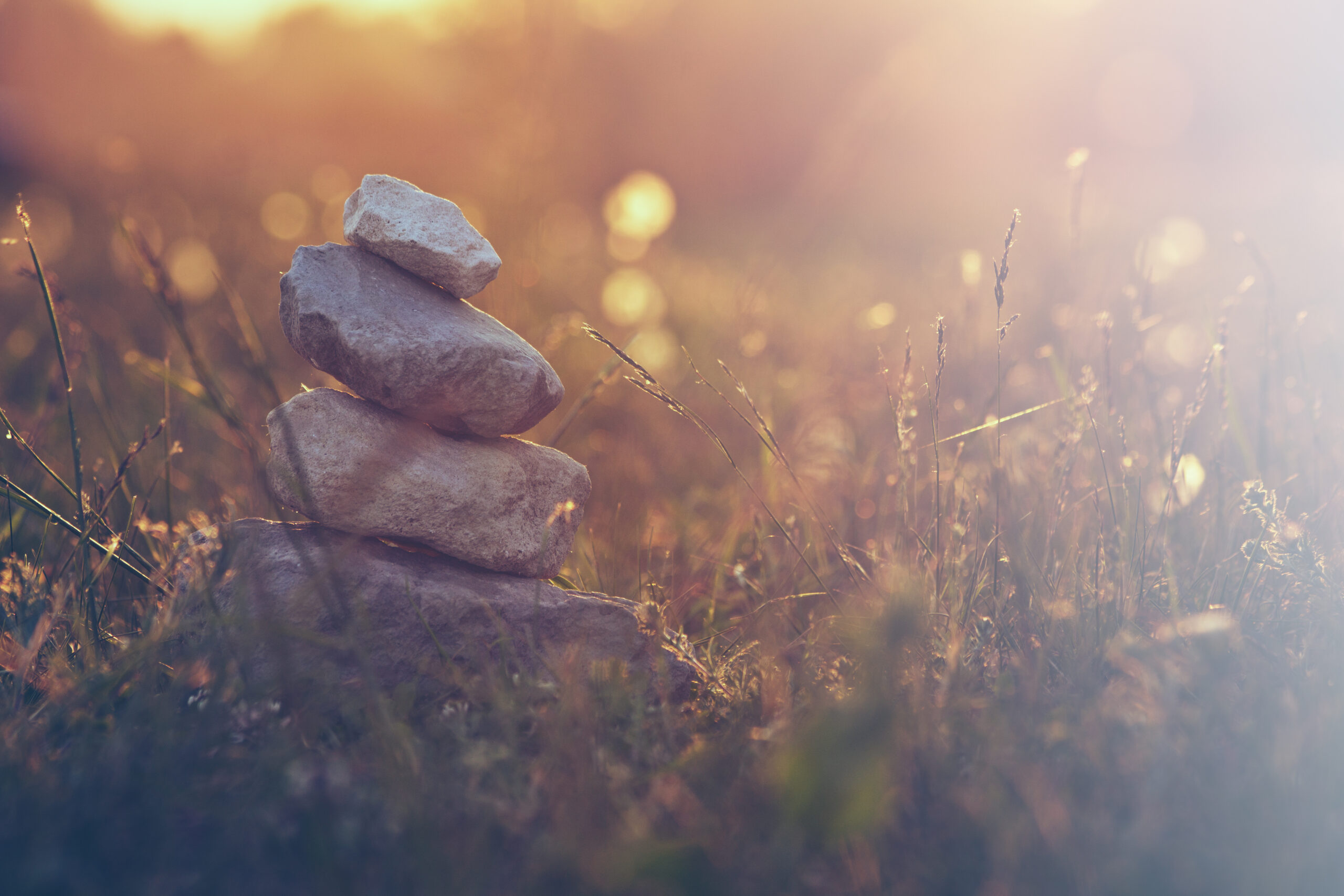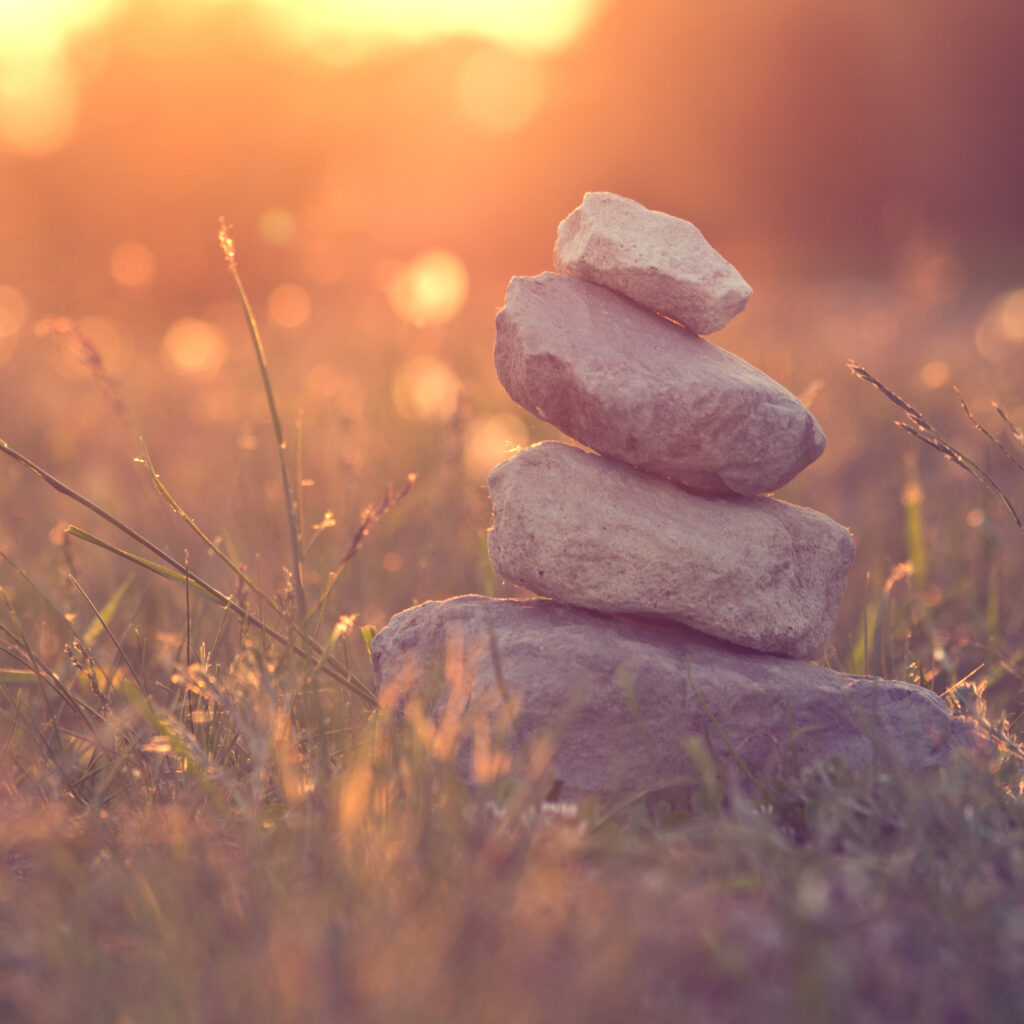Mindfulness is a practice that involves being present and fully engaged in the current moment, without judgment or distraction. It’s about paying attention to your thoughts, feelings, bodily sensations, and surroundings, and accepting them as they are. Mindfulness has become increasingly popular over the past few years due to its numerous benefits for mental health, stress reduction, and overall well-being. In this guide, we will explore what mindfulness is, why it’s beneficial, how you can start practicing it, common misconceptions about mindfulness, and resources for beginners.
What Is Mindfulness?
Mindfulness is often described as “paying attention on purpose.” It’s not just about focusing on something but also being aware of when your mind wanders off and gently bringing it back to the present moment. Mindfulness practices involve techniques such as deep breathing exercises, body scans, and guided meditations. These practices help train your brain to be more focused, calm, and resilient.
The Benefits of Practicing Mindfulness
There have been many studies conducted on the benefits of mindfulness, and here are some of the most significant ones:
1. Reduces Stress – Mindfulness helps reduce cortisol levels (the hormone associated with stress) which leads to reduced anxiety and improved mood.
2. Improves Concentration – Regular mindfulness practice improves focus and concentration by training your brain to stay alert and attentive.
3. Enhances Emotional Intelligence – By becoming more self-aware through mindfulness, individuals gain greater insight into their emotions and those around them, leading to better communication and relationships.
4. Boosts Immune System – Studies show that regular mindfulness practice strengthens the immune system, reducing the risk of illness and disease.
5. Promotes Better Sleep – Mindfulness helps improve sleep quality by reducing racing thoughts and promoting relaxation.
How To Start A Mindfulness Practice
Starting a mindfulness practice doesn’t require any special equipment or experience. Here are some tips to get started:
1. Set aside time each day – Even 5-10 minutes per day can make a difference. You can gradually increase the duration as you go along.
2. Find a quiet space – Choose a place where you won’t be interrupted or distracted. Sit comfortably with your eyes closed or open, depending on what feels best for you.
3. Focus on your breath – Pay attention to the sensation of your breath moving in and out of your body. If your mind starts to wander, simply acknowledge the thought and bring your attention back to your breath.
Common Misconceptions About Mindfulness
Here are some common myths about mindfulness and the truth behind them:
1. Myth: I need to clear my mind completely before starting mindfulness practice. Truth: It’s impossible to stop thinking altogether, so don’t worry if your mind is still active during practice. The goal is to observe your thoughts without judging them or getting caught up in them.
2. Myth: Mindfulness is only for hippies or spiritual people. Truth: While mindfulness does have roots in Buddhism, it’s now widely accepted as a secular practice that anyone can benefit from regardless of beliefs or background.

3. Myth: Mindfulness means never feeling negative emotions again. Truth: Mindfulness isn’t about suppressing emotions or pretending everything is perfect. It’s about acknowledging and accepting all emotions, both positive and negative, without letting them take control of our lives.
Mindfulness Resources For Beginners
If you’re new to mindfulness, there are plenty of resources available to help you get started. Some great options include:
1. Apps like Headspace or Calm – These apps offer guided meditation sessions and other mindfulness exercises designed specifically for beginners.
2. Books like “Full Catastrophe Living” by Jon Kabat-Zinn – This book provides an excellent introduction to mindfulness and its benefits.
3. Online courses like “The Science of Mindfulness” offered by edX – This course covers the basics of mindfulness and includes practical exercises and assessments.
In conclusion, mindfulness is a powerful tool for improving mental health, reducing stress, and enhancing overall well-being. Whether you’re a beginner or experienced practitioner, incorporating mindfulness into your daily routine can have a profound impact on your life. So, take a deep breath, find a quiet space, and give mindfulness a try today!


